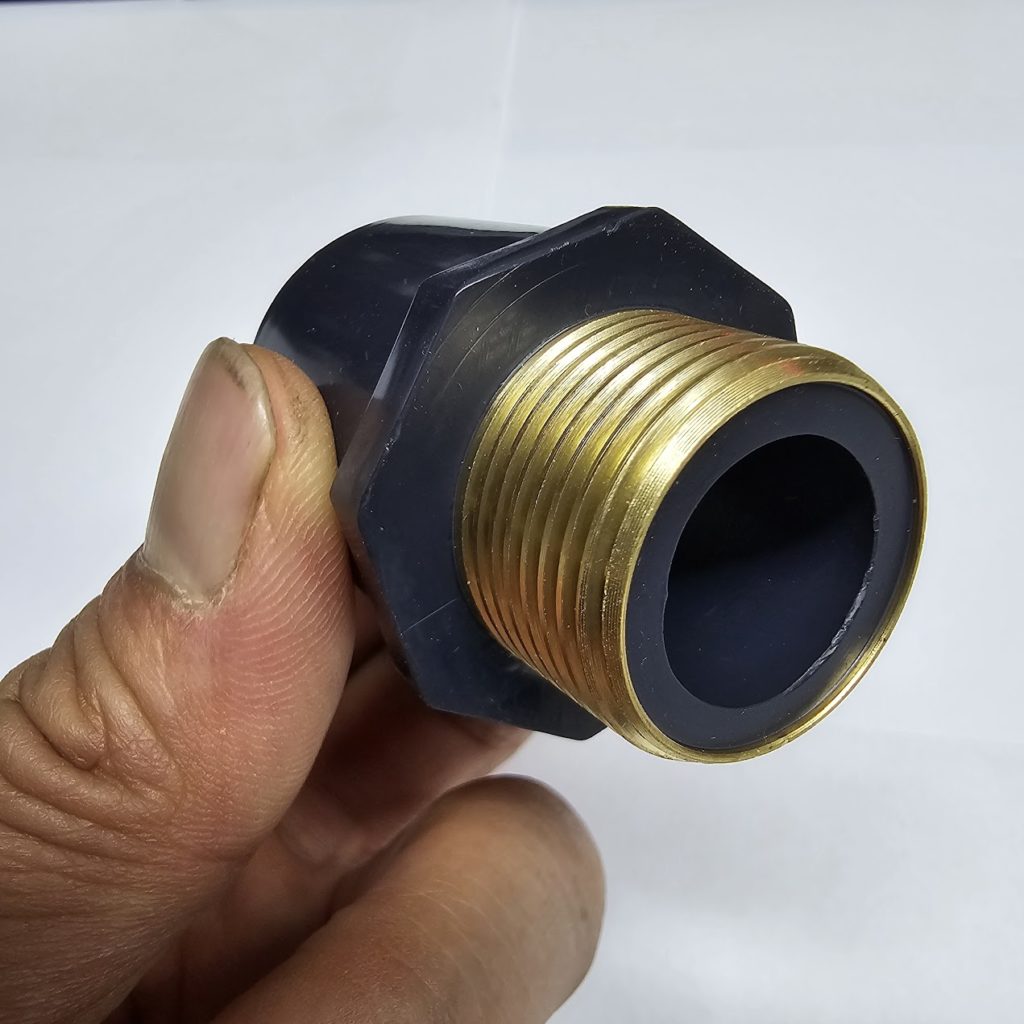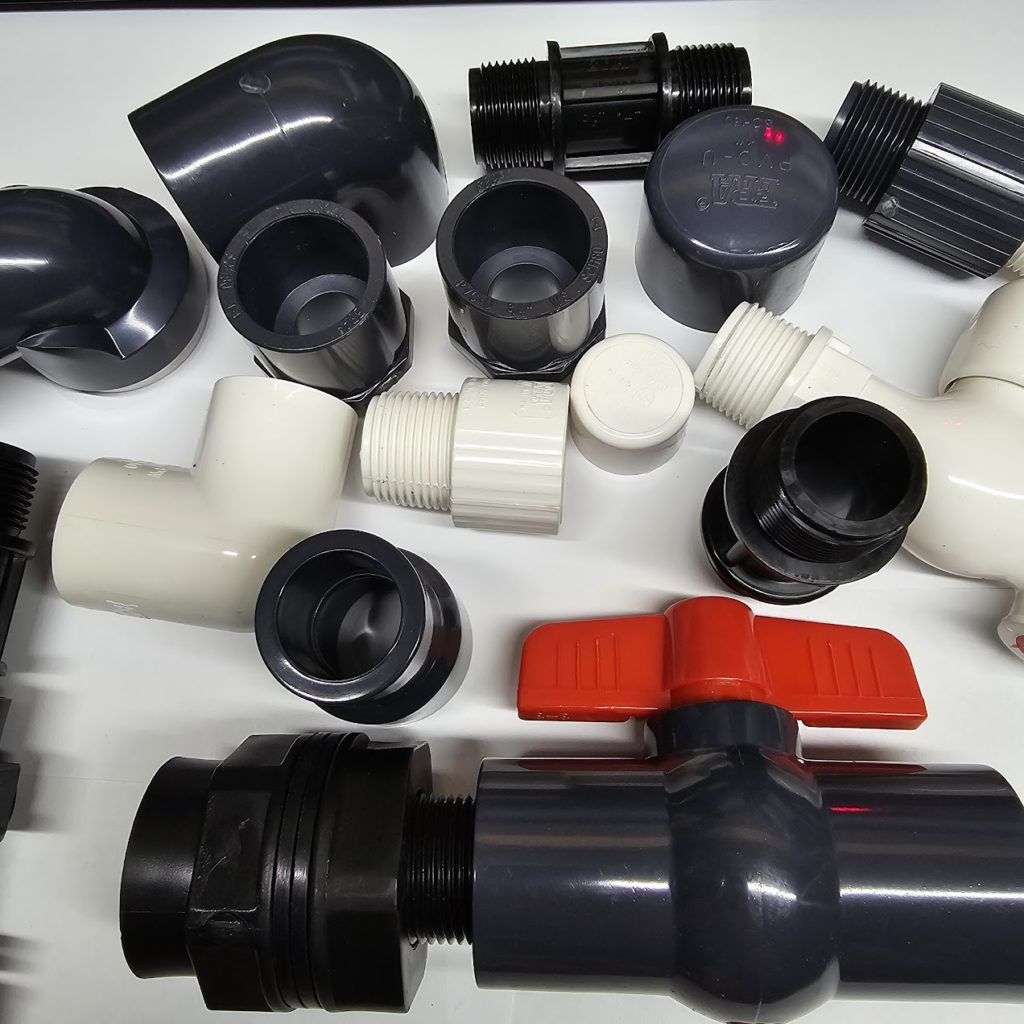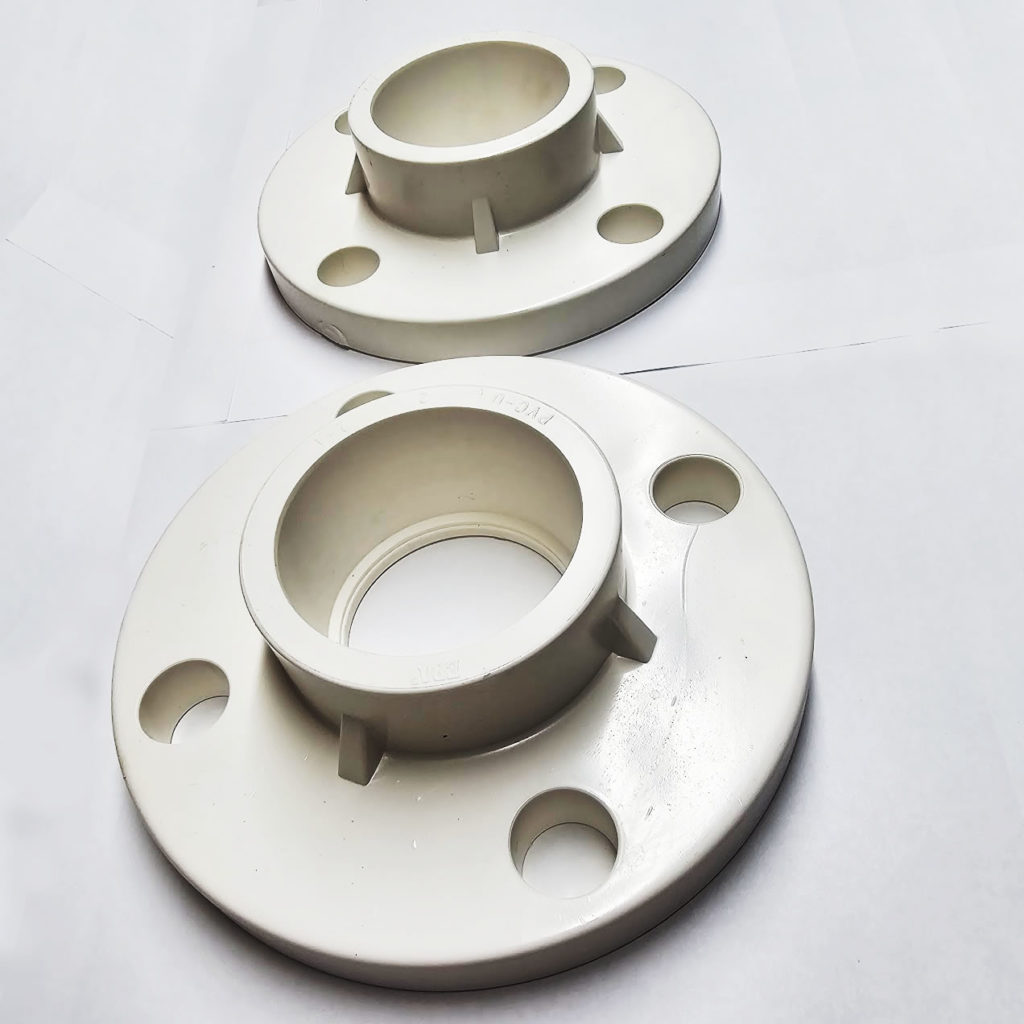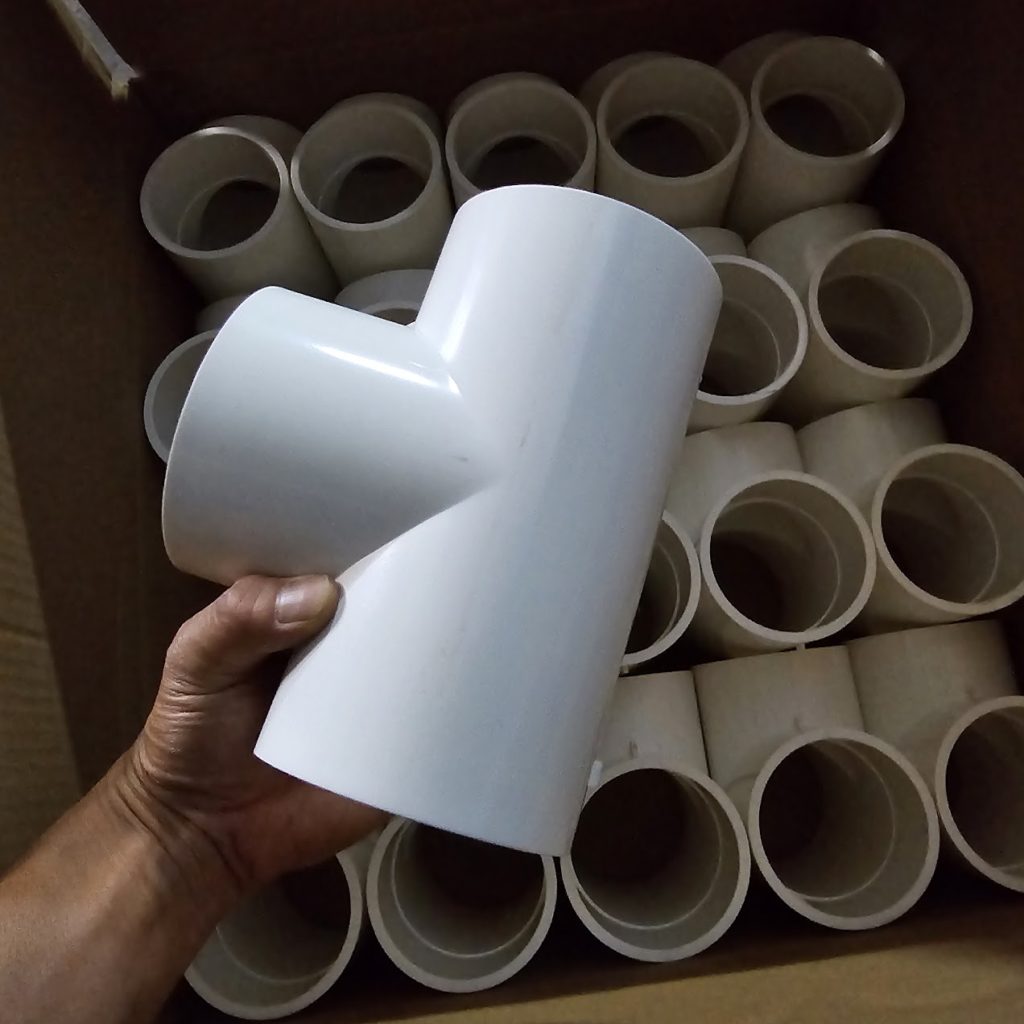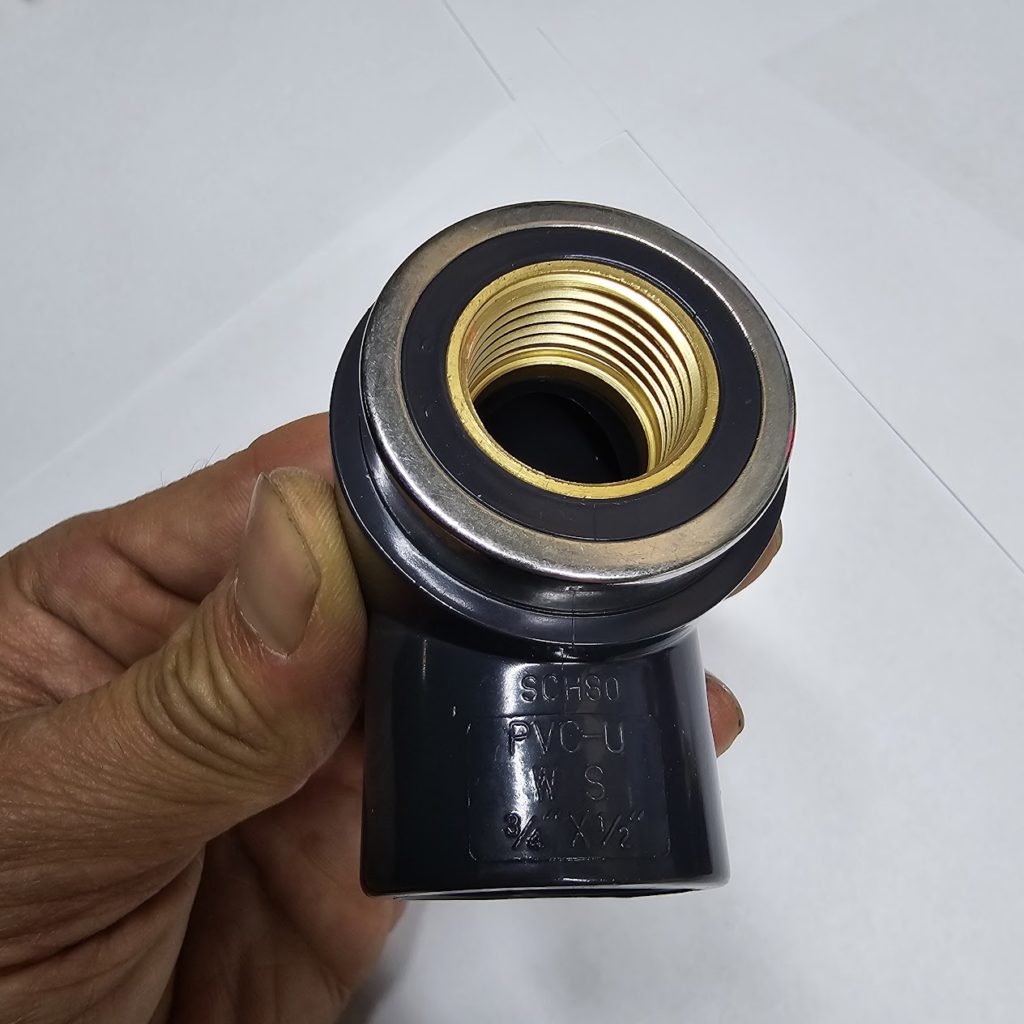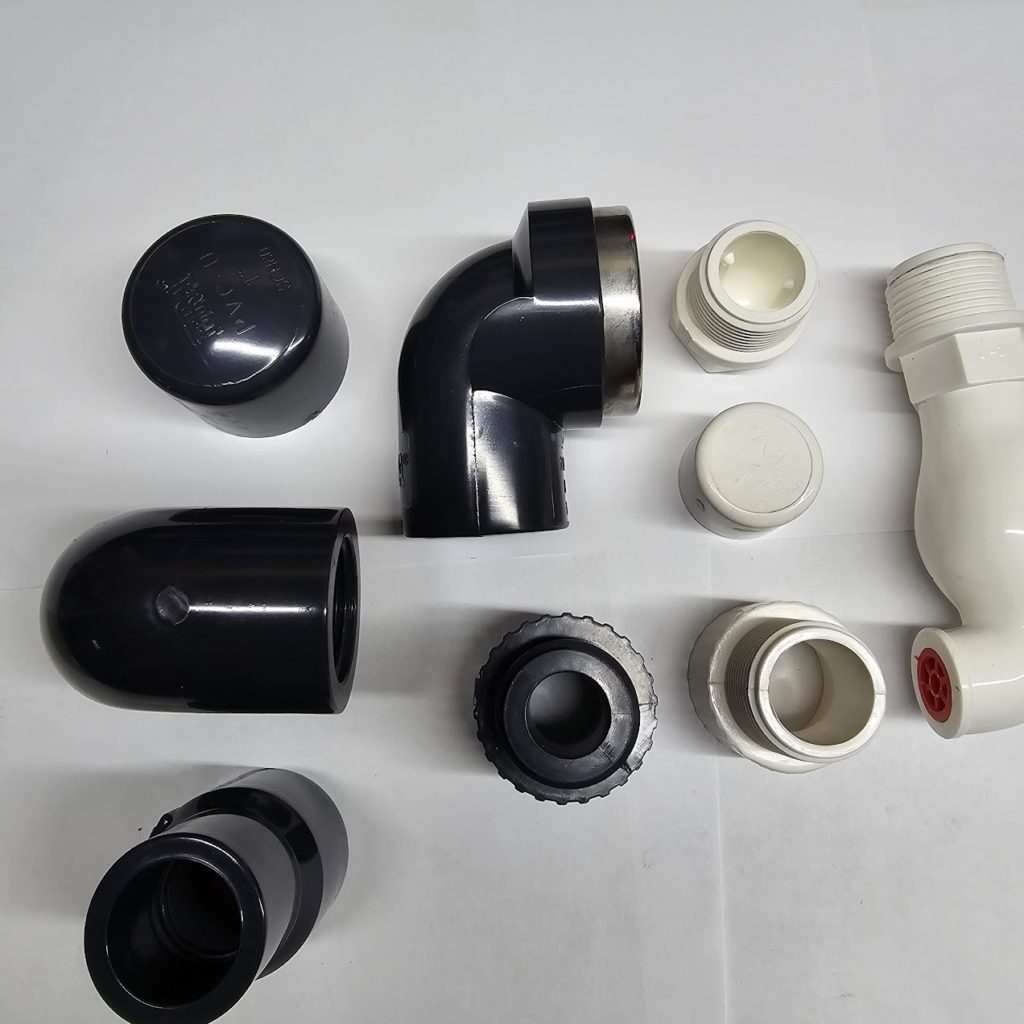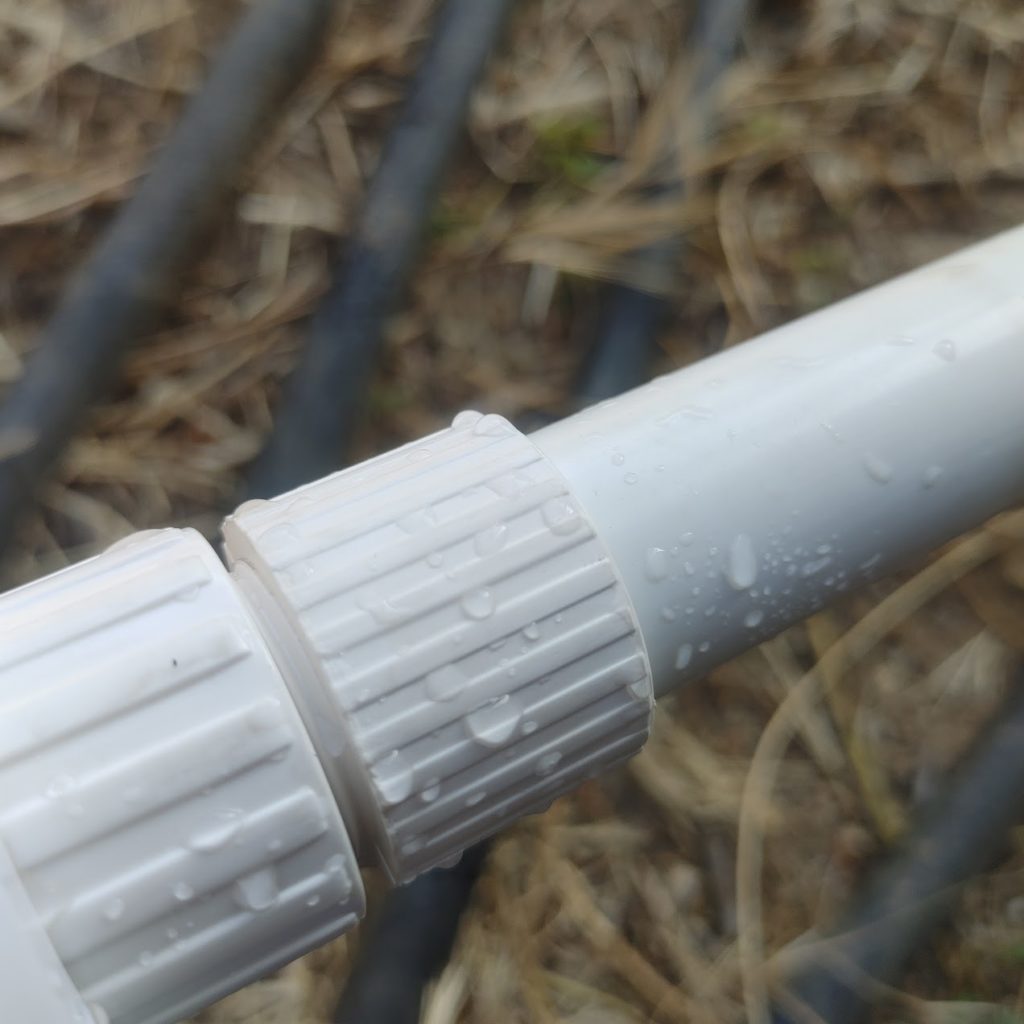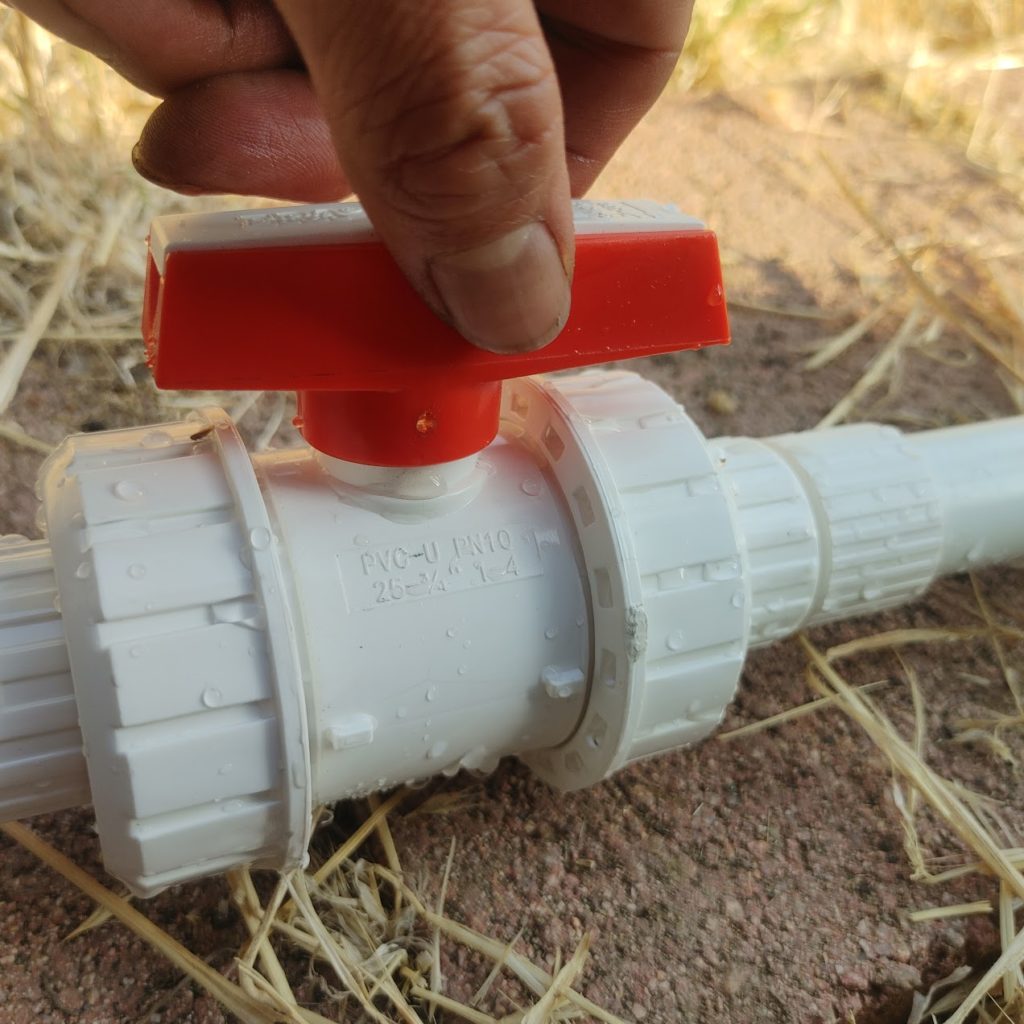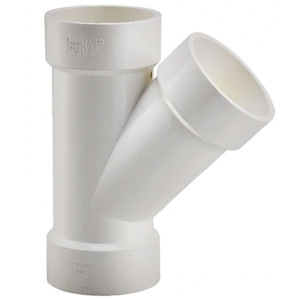The ASTM standard for brass fittings that is equivalent to ASTM F1498 (which is for thermoplastic pipe threads) is ASTM B1. This standard, however, is not just for brass fittings but generally governs the dimensions and tolerances for screw threads, including those used in brass and other metal pipe fittings. ASTM B1 Title: "Unified Inch Screw Threads (UN and UNR...
Featured
-
What is the difference between SCH80 F1498 and F1970 PVC Fittings?
The difference between SCH80 F1498 and F1970 lies in the specific ASTM standards they refer to and the types of PVC fittings they govern. ASTM F1498 Title: "Standard Specification for Taper Pipe Threads 60° for Thermoplastic Pipe and Fittings" Scope: ASTM F1498 covers the requirements for taper pipe threads used in thermoplastic pipe and fittings, including Schedule 80 PVC fittings... -
Metal or Plastic PVC Fittings for Plumbings. Pros and Cons.
When it comes to choosing between metal and plastic PVC fittings for plumbing, each material has its own set of advantages and disadvantages. Here’s a breakdown of the pros and cons to help guide the decision-making process: Metal Fittings Pros: Durability: Metal fittings, such as brass or stainless steel, are highly durable and resistant to physical damage. They can withstand... -
What's the big difference between DWV PVC vs Schedule-40 PVC?
DWV PVC vs SCH40 PVC: Key Differences DWV (Drain, Waste, and Vent) PVC and SCH40 PVC are both types of PVC pipes and fittings, but they have distinct differences: 1. Thickness and Strength:* SCH40 PVC: Thicker walls, stronger, and more resistant to pressure (up to 150-200 PSI)* DWV PVC: Thinner walls, less strong, and only suitable for gravity-flow applications (no... -
Most Common Questions About Schedule 40 PVC Fittings FAQ
What is the pressure rating for Schedule 40 PVC fittings? The maximum pressure rating for Schedule 40 PVC fittings varies depending on the specific fitting, temperature, and application, but it is typically up to 120-150 PSI. Are Schedule 40 PVC fittings suitable for outdoor use? Yes, Schedule 40 PVC fittings are suitable for outdoor use due to their UV resistance... -
Most Common Questions About Schedule 80 PVC Fittings FAQ
What is the difference between Schedule 40 and Schedule 80 PVC fittings? Schedule 80 PVC fittings have a thicker wall thickness than Schedule 40 fittings, providing greater strength and resistance to pressure and corrosion. What is the maximum pressure rating for Schedule 80 PVC fittings? The maximum pressure rating for Schedule 80 PVC fittings varies depending on the specific fitting... -
What is considered F1970 PVC Fittings?
ASTM F1970-22 defines special engineered fittings, appurtenances, or valves designed for use in PVC (polyvinyl chloride) or CPVC (chlorinated polyvinyl chloride) pipe and tubing systems. These components are typically molded, fabricated, or assembled from various materials, including rigid thermoplastics, thermoplastic elastomers, elastomerics, and metals. F1970 PVC fittings are engineered to meet specific dimensional and performance standards, ensuring they provide adequate... -
Best Ways to Protect Schedule-40 PVC Pipes from Damages.
Protecting Your Schedule-40 PVC Pipes: A Comprehensive Guide Schedule-40 PVC pipes are a popular choice for various plumbing, irrigation, and industrial applications due to their durability, affordability, and versatility. However, like any material, they can be susceptible to damage if not properly protected. Whether you’re installing new pipes or looking to extend the life of existing ones, taking proactive measures... -
How long will schedule-40 PVC pipes last under the sun?
Schedule 40 PVC pipe is generally not recommended for long-term outdoor use due to its tendency to degrade when exposed to direct sunlight. The ultraviolet (UV) radiation from sunlight can break down the molecular structure of PVC over time, causing it to become brittle and lose its structural integrity. Under constant UV exposure, Schedule 40 PVC typically lasts around 5-10... -
What is DWV PVC?
Understanding DWV (Drain-Waste-Vent) PVC Piping SystemsIn the realm of plumbing systems, one type of piping material that has gained significant popularity is Polyvinyl Chloride (PVC). Among various applications, PVC fittings are particularly renowned for their use in Drain-Waste-Vent (DWV) systems. This 247Garden blog post aims to provide an insightful exploration into the world of DWV PVC piping systems, focusing on...

